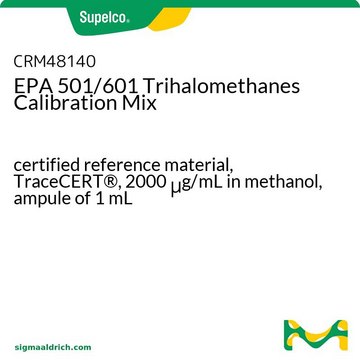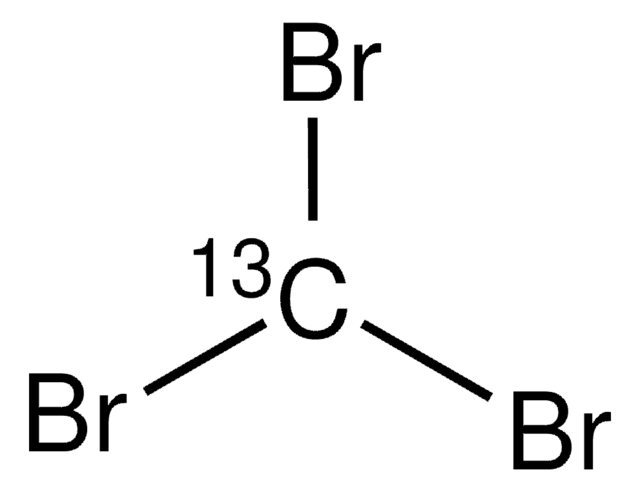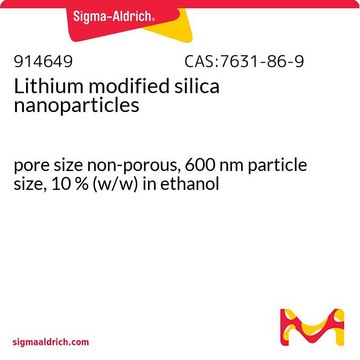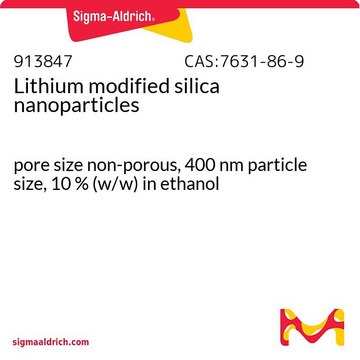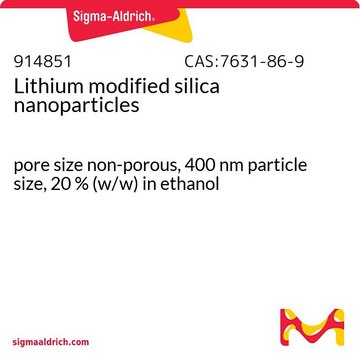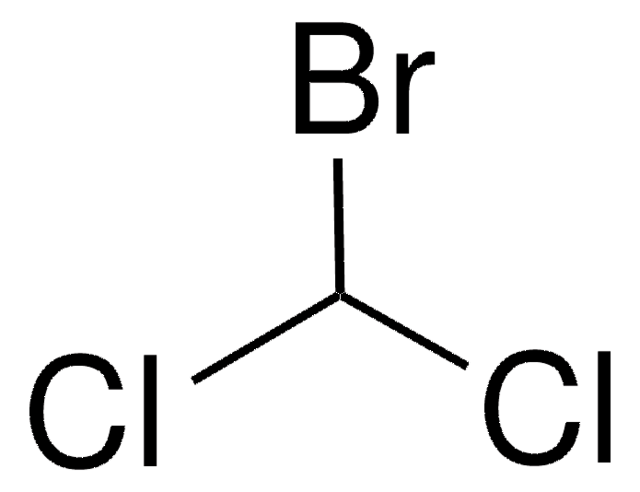P0194
Protein Kinase Cζ isozyme human
≥75% (SDS-PAGE), recombinant, expressed in baculovirus infected insect cells, buffered aqueous solution
Synonym(s):
Ca2+-activated phospholipid-dependent serine-threonine kinase ζ isozyme human, PKCζ human
About This Item
Recommended Products
recombinant
expressed in baculovirus infected insect cells
Quality Level
assay
≥75% (SDS-PAGE)
form
buffered aqueous solution
enzyme activity
>800 units/mg protein
mol wt
76-80 kDa by SDS-PAGE
UniProt accession no.
shipped in
dry ice
storage temp.
−70°C
Gene Information
human ... PRKCZ(5590)
1 of 4
This Item | 913847 | 914851 | 914908 |
|---|---|---|---|
| Quality Level 100 | Quality Level 100 | Quality Level 100 | Quality Level 100 |
| particle size 600 nm | particle size 400 nm | particle size 400 nm | particle size 200 nm |
| form liquid | form - | form liquid | form liquid |
| application(s) battery manufacturing | application(s) battery manufacturing | application(s) battery manufacturing | application(s) battery manufacturing |
| concentration 10 % (w/w) in ethanol | concentration 10 % (w/w) in ethanol | concentration 20 % (w/w) in ethanol | concentration 20 % (w/w) in ethanol |
| pore size non-porous | pore size non-porous | pore size non-porous | pore size non-porous |
Biochem/physiol Actions
Phosphorylation appears to be an important mechanism of regulation of all PKCs. PKC plays a role in the regulation of cell transformation, growth, differentiation, ruffling, vesicle trafficking, apoptosis and gene expression.
Suitability
Unit Definition
Physical form
Storage Class
10 - Combustible liquids
wgk_germany
WGK 1
flash_point_f
Not applicable
flash_point_c
Not applicable
ppe
Eyeshields, Gloves, multi-purpose combination respirator cartridge (US)
Choose from one of the most recent versions:
Already Own This Product?
Find documentation for the products that you have recently purchased in the Document Library.
Customers Also Viewed
Protocols
US EPA Method 8260 describes the analysis of volatile organic compounds in solid wastes and ground waters. This application illustrates the analysis of many compounds commonly analyzed by this method using purge and trap coupled to GC-MS.
Related Content
This page is intended to make it easier to find the consumables you need based on the analytical method you’re using. Methods included on this page come from the EPA, Standard Methods and ASTM.
Our team of scientists has experience in all areas of research including Life Science, Material Science, Chemical Synthesis, Chromatography, Analytical and many others.
Contact Technical Service



